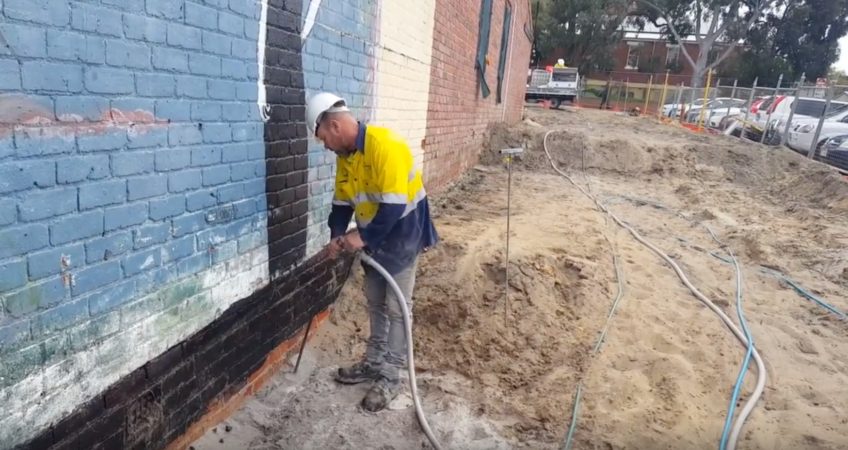Permeation Grouting: Introduction
Permeation Grouting is a general term used to describe a low pressure grouting system that is carried out to fill pervasive voids within the substance/medium being penetrated. There are significant advantages with using a low pressure injection system, most notably, the lack of disruption and spoil to the surrounds.
Equipment
Sleeve pipes are the main tool involved in this kind of grout injection. The sleeves are installed before grouting and act as one-way valves, keeping fluids out and ensuring adequately pressurised grout, to escape. The grout is pushed from the grout pump on the surface into the interstitial space between the soil.
Use Cases
Here at BMC Microfine, our chemical grout injection technology solves issues ranging from weak soil to filling large voids. Too often, buildings are constructed on sandy soils which lead to structural issues after the construction process has been completed. Subsidence, settlement and unique movements resulting in significant structural damage can be remedied by permeation grouting as the grout fills the spaces between the soil, creating a solid grout block that can support increased weight and stabilise the property.
Features and Benefits
- Minimal to zero disturbance to the ground and nearby surroundings. (Happy neighbours)
- Traditional underpinning and stabilising methods required significant excavation work whereas permeation grouting is perfect for limited access sites.
- From start to finish, the work is quick and easy to clean up
- We pride ourselves on offering a cost-effective solution compared to traditional techniques.
Gallery
See our video below to get a closer look at permeation grouting in action.

